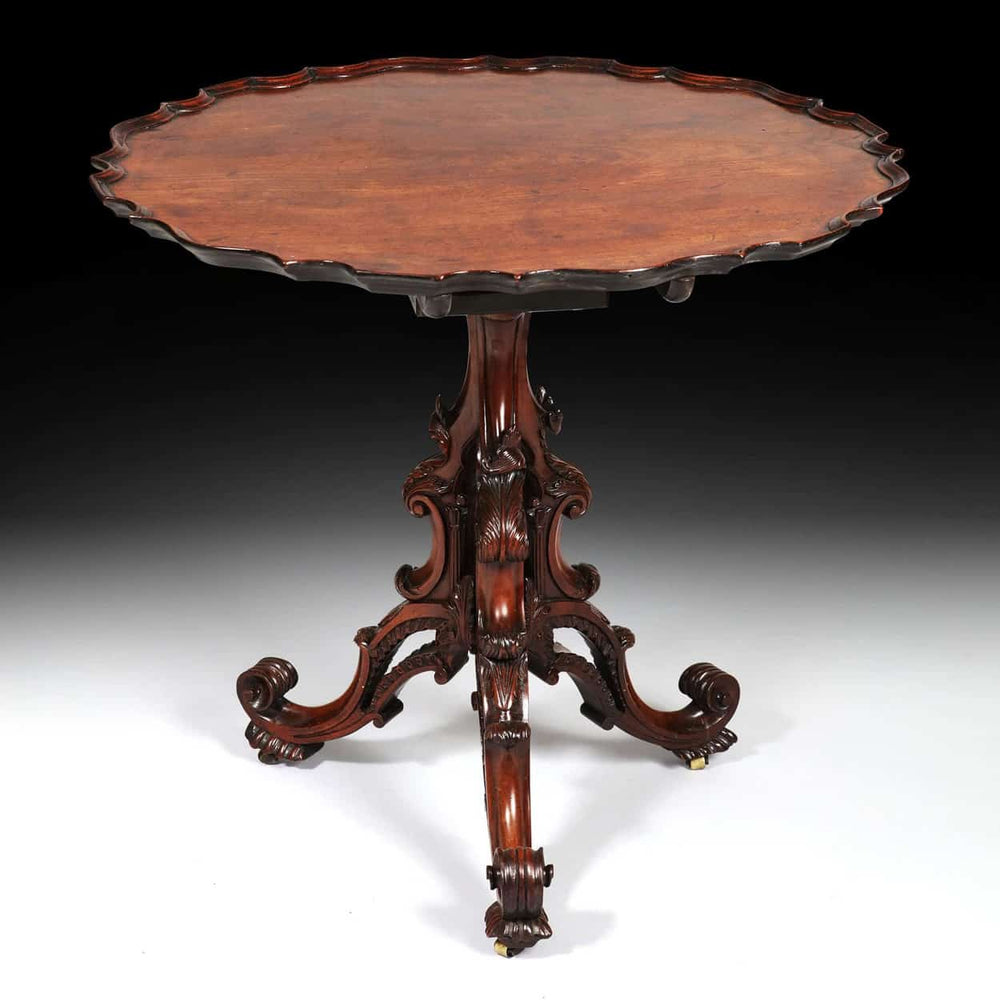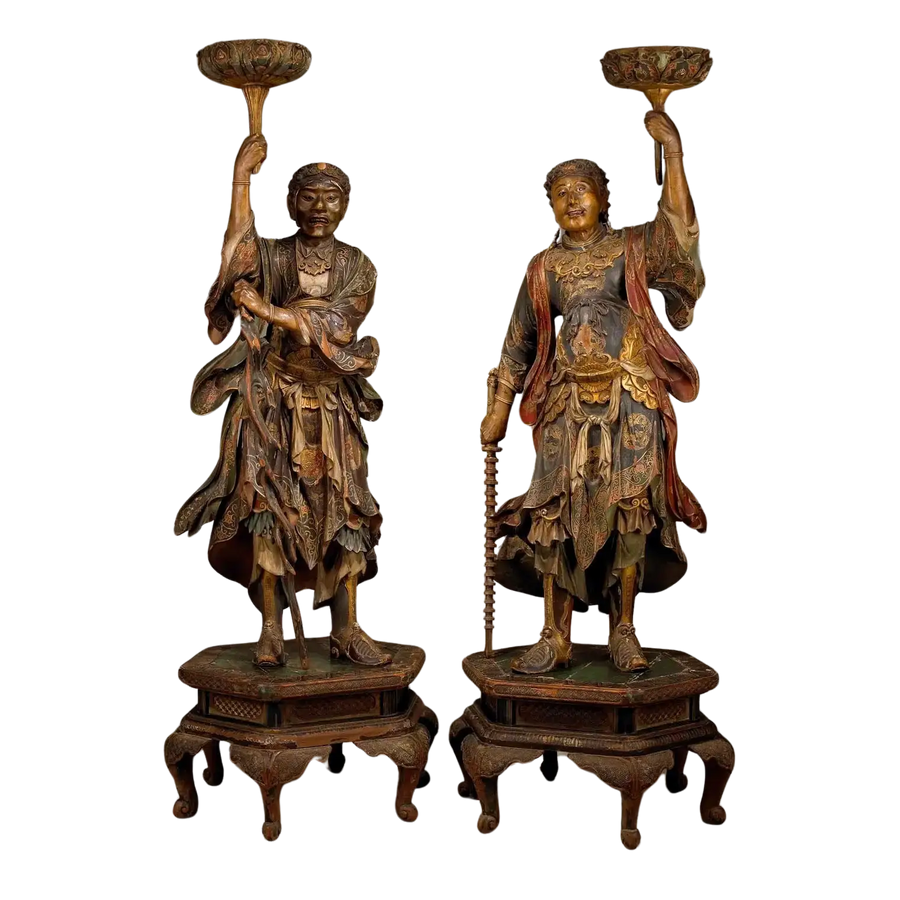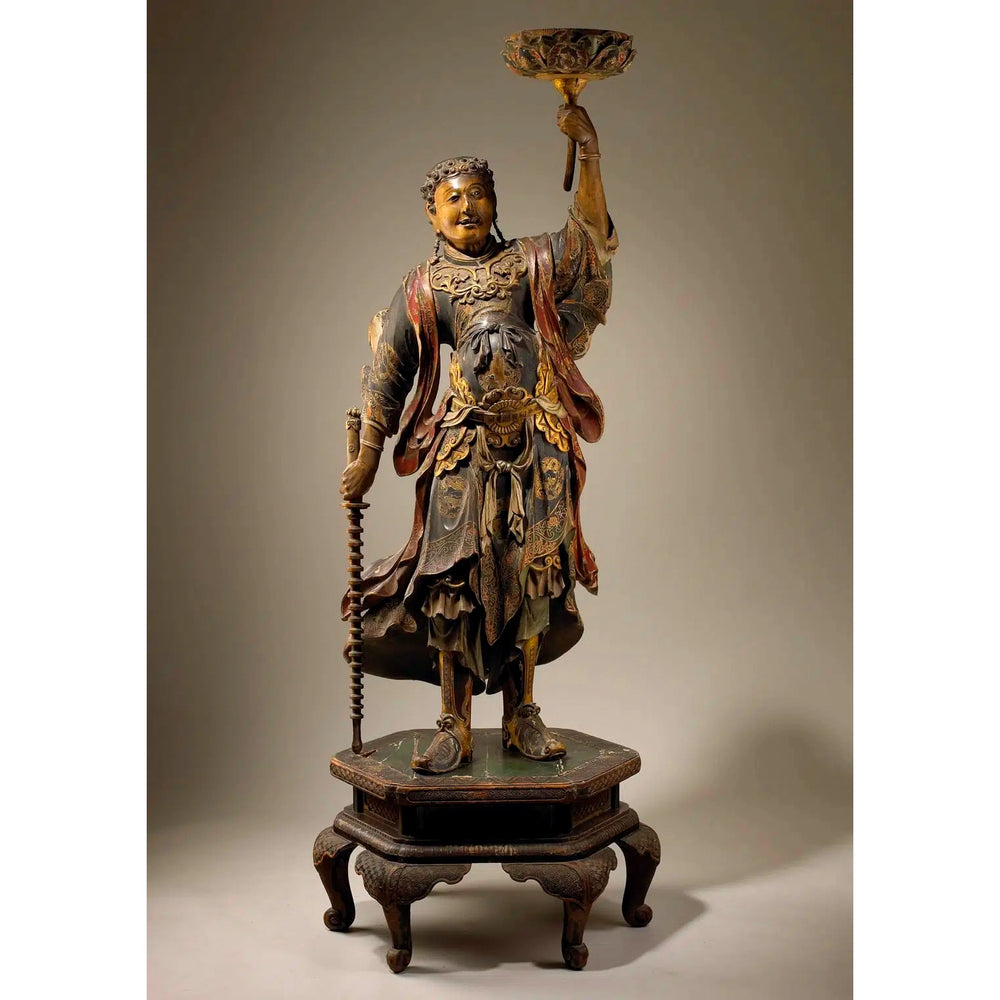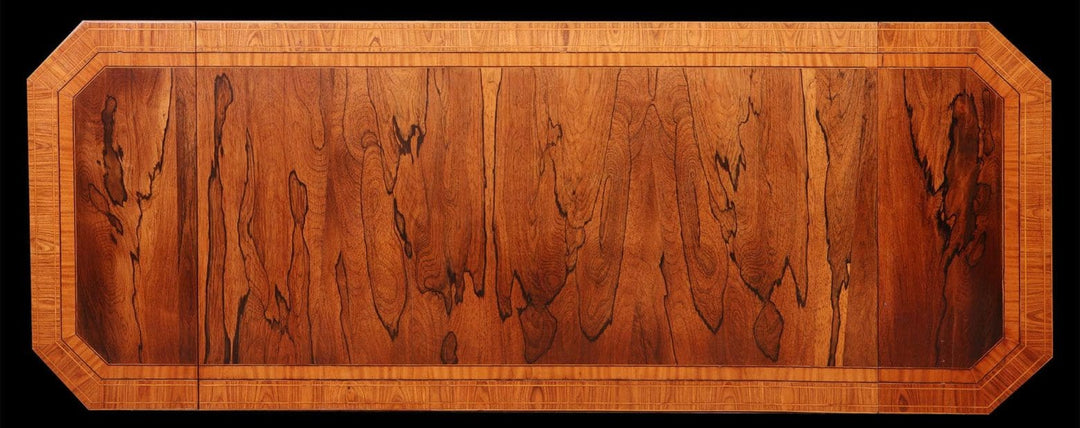Terracotta Treasures of the T'ang Dynasty

The T'ang Dynasty (618 - 907 AD) is renowned for its remarkable achievements in art, culture, and technology, none more impressive than its exquisite terracotta figurines. These colourful, clay-crafted treasures, known asmingqui, were created to accompany the deceased in their journey to the afterlife, serving as ceremonial tomb figures. Sculpted from low-fired earthenware, these figurines provide an extraordinary glimpse into the society and culture of 7th9th century China.
The T'ang Dynasty's terracotta collection is as varied as it is fascinating. The vibrant figures of camels, horses, dancers, musicians, courtesans, servants, and civil officials not only reflect the diversity of ancient Chinese society but also highlight the remarkable artistry of T'ang potters. What sets these figures apart is their use of Sancaia stunning three-coloured glaze that was applied to the pottery, creating the signature glossy, glass-like finish that has made them highly sought after by collectors worldwide.
Though terracotta armies are older, it was the T'ang Dynasty that revolutionised pottery with the discovery of porcelaina porcelain that would set the standard for future generations of ceramics. This new porcelain was made from a unique type of clay rich in kaolin, which, when fired at high temperatures, transformed into a translucent, shiny material. The T'ang potters were also pioneers in developing lead-based glazesthe famous Sancai glazewhich fused beautifully with the white porcelain, giving it a colourful, glossy surface.
The colours most commonly used in these T'ang worksgreen, yellow, and brownwere often seen in figures of camels and horses, two animals beloved by traders and travellers who frequented the Silk Road. These interactions between China and the Islamic Empire led to the introduction of porcelain into markets in Central Asia and the West, where it quickly became highly prized.
T'ang potterys beauty, cultural significance, and lasting influence continue to inspire art collectors and connoisseurs, offering an unparalleled window into a civilisation known for its artistic innovation.
Image: Tang Dynasty pieces from the Metropolitan Museum, New York











Leave a comment